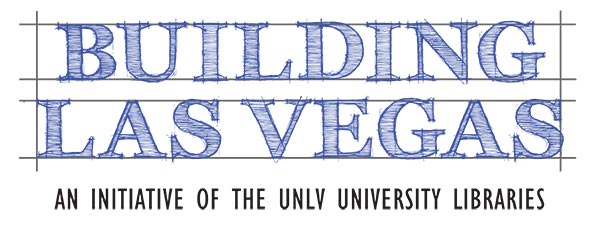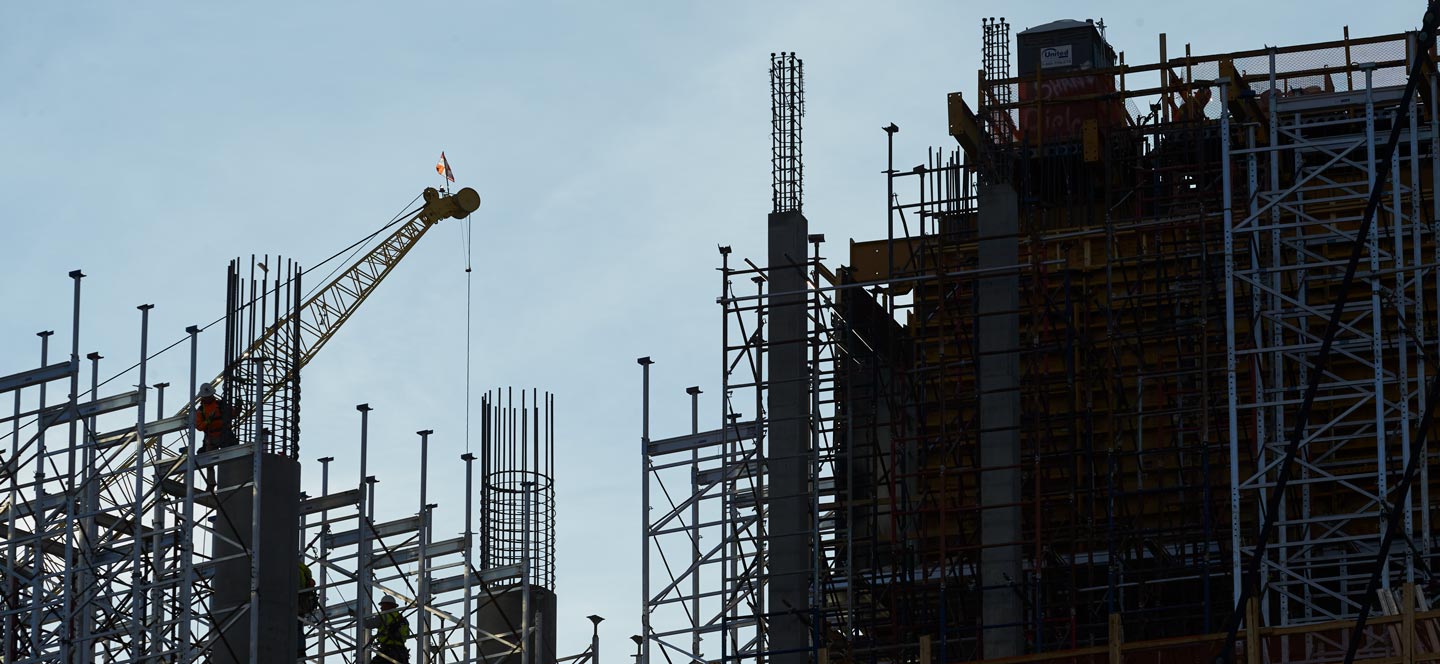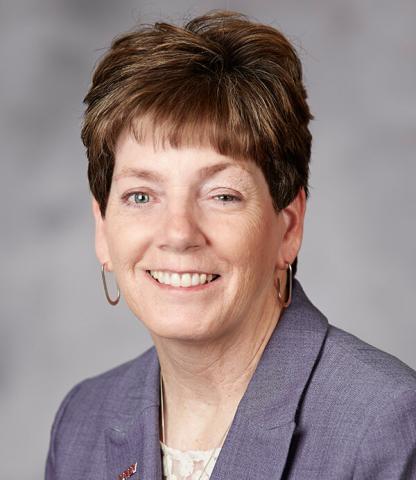
Between 1970 and 2010, Southern Nevada’s population increased seven-fold, with the 1989 opening of The Mirage pushing Las Vegas growth into overdrive. The urban skyline changed dramatically, while new suburban tracts pushed at the edges of the desert. Building Las Vegas was a two-year project 2016–2018, conducting more than 130 interviews of architects, designers, developers, electricians, engineers, and landscapers; city and county managers and planners; and experts on policing, transit, and utilities to capture their memories so future students and researchers—planners, geographers, architects, historians, sociologists, and others—can learn from our unique built environment.
Old Las Vegas was built on relationships, and designer Roger Thomas’s relationship with Steve Wynn is no exception. Thomas explains, “I was 13 and my father [Parry Thomas] introduced us. My father was Steve's mentor and sort of became his father... We've always thought of Steve as an older brother [and] Steve has always thought of himself as an older brother.” Thomas formally joined Wynn's design team in 1980 to begin planning The Mirage and, eventually, to exemplify the Wynn design philosophy throughout all the Wynn properties. Thomas describes it as thus: “You always assume that your client is the most highly educated, sophisticated guy in the world... Give them a reality, a now that is so fetching, so alluring that they don't want to be anywhere else.”
In 1980, at about the same time that Wynn hired Thomas to plan for The Mirage, residential Las Vegas was testing a newfound sophistication of its own. Larry Canarelli, president and C.E.O. of American West Homes, describes Las Vegas residential development west of the I-15 in the early 1980s: “Around 1980… the four of these companies—Signature, Pardee, Lewis, and Metropolitan—would have been the four big builders… [The Lakes] was a leapfrog development about two miles west of where the pavement ended at West Sahara and Rainbow [Boulevard]. In 1984, there were only a few random scattered desert residential properties west of Jones [Boulevard], let alone west of Rainbow. The Collins brothers paved Sahara for two miles west of Rainbow. It was a narrow, two-lane road as the only access point to the Lakes back in 1985... By its final approval, [The Lakes had] about 7000 or 8000 home sites built there plus assorted apartment sites... [It] was insulated by that two-mile distance from the existing old hodgepodge development that typified existing Las Vegas housing.”

To build Las Vegas, the hotels, casinos, schools, small businesses, and housing all continue to rely on a dependable flow of water at the touch of the tap. The growth that fueled the 40-year boom and sustains To build Las Vegas, the hotels, casinos, schools, small businesses, and housing all continue to rely on a dependable flow of water at the touch of the tap. The growth that fueled the 40-year boom and sustains Southern Nevada communities now depends on systems of uninterrupted, reliable water delivery and flood control. Virginia Valentine, former chief engineer and general manager of the Clark County Regional Flood Control District(1986–1993) also served as Clark County Manager (2006–2010). Valentine offers a coda to Las Vegas growth, beginning in 1970 and ending with the Great Recession: “We were the fastest growing area in the country for just years and years and years [and] we got to be very good at growth. Then, of course… the growth stopped, and we weren't very good at not growing.”
-Stefani Evans
Oral History Recordings
As part of this exhibition, we are specially including recordings of the actual oral history interviews. See the interviews of Roger Thomas, Larry Canarelli, and Virginia Valentine below:
Recording of Roger Thomas Interview
Recording of Larry Canarelli Interview
Recording of Virginia Valentine Interview

Notes:
Canarelli, Larry. “An Interview with Larry Canarelli.” By Claytee D. White. Oral History Research Center. May 1, 2016.
Thomas, Roger. “An Interview with Roger Thomas.” By Stefani Evans and Claytee D. White. Oral History Research Center. August 31, 2016.
Valentine, Virginia. “An Interview with Virginia Valentine.” By Stefani Evans and Claytee D. White. Oral History Research Center. August 31, 2016.
Continue learning about the "Building Las Vegas" project here.






